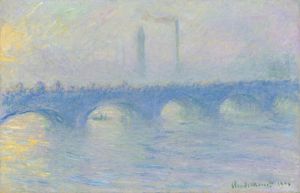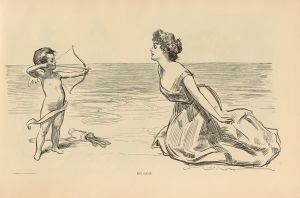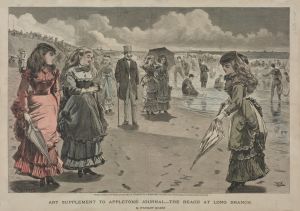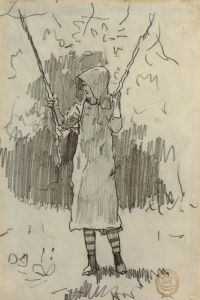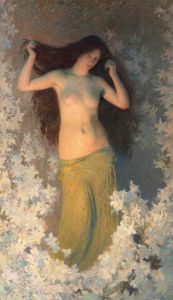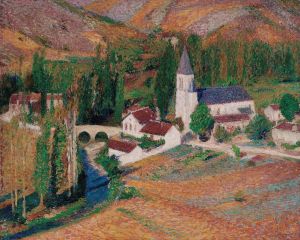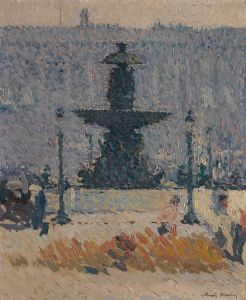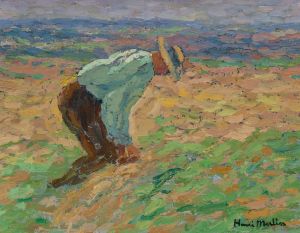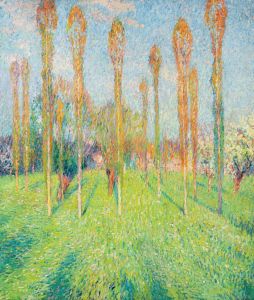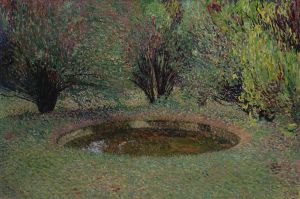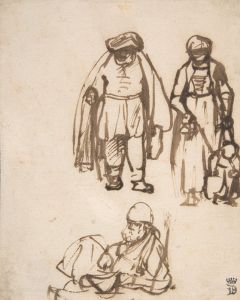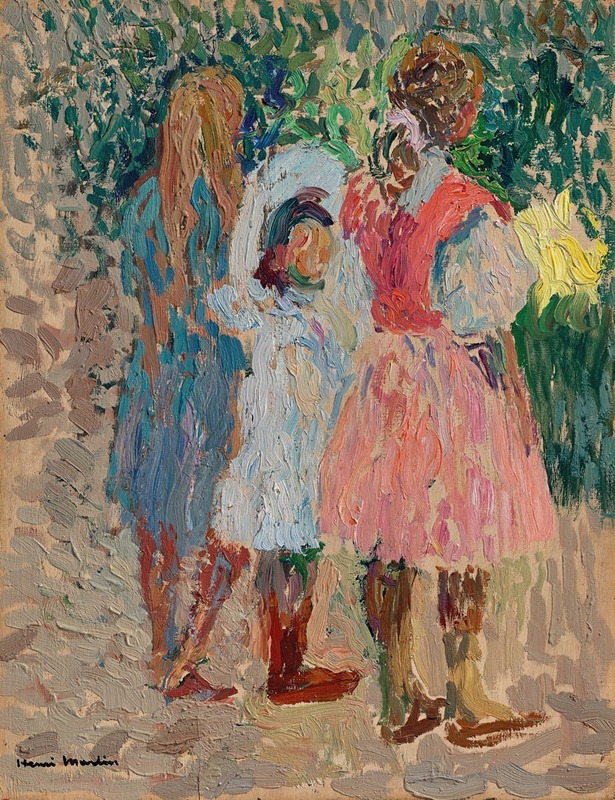
Trois petites filles au jardin, un matin d’été
A hand-painted replica of Henri Martin’s masterpiece Trois petites filles au jardin, un matin d’été, meticulously crafted by professional artists to capture the true essence of the original. Each piece is created with museum-quality canvas and rare mineral pigments, carefully painted by experienced artists with delicate brushstrokes and rich, layered colors to perfectly recreate the texture of the original artwork. Unlike machine-printed reproductions, this hand-painted version brings the painting to life, infused with the artist’s emotions and skill in every stroke. Whether for personal collection or home decoration, it instantly elevates the artistic atmosphere of any space.
Henri Martin was a prominent French painter known for his contributions to the Post-Impressionist movement. Born on August 5, 1860, in Toulouse, France, Martin developed a distinctive style characterized by his use of pointillism and a vibrant color palette. He was particularly renowned for his ability to capture the serene beauty of the French countryside and domestic scenes, often infusing them with a dreamlike quality.
"Trois petites filles au jardin, un matin d’été" (Three Little Girls in the Garden, a Summer Morning) is one of Martin's notable works, reflecting his mastery in depicting idyllic and tranquil scenes. This painting showcases Martin's skillful use of light and color to create an atmosphere of peace and innocence. The artwork features three young girls in a garden, bathed in the gentle light of a summer morning. The setting is lush and verdant, with an abundance of greenery and flowers, which Martin renders with his characteristic pointillist technique. This technique involves applying small, distinct dots of color in patterns to form an image, a method that Martin adapted from the Impressionists and Neo-Impressionists.
Martin's approach in this painting exemplifies his fascination with light and its effects on color and form. The morning light filters through the foliage, casting dappled shadows and creating a harmonious interplay of light and shadow. The girls, central to the composition, are depicted in a natural and relaxed manner, embodying the innocence and simplicity of childhood. Their presence in the garden suggests a narrative of leisure and play, a common theme in Martin's work that reflects his appreciation for the simple pleasures of life.
The painting is a testament to Martin's ability to convey emotion and atmosphere through his art. His use of color is particularly noteworthy; he employs a palette of soft, muted tones that evoke a sense of calm and serenity. The gentle hues of the girls' dresses and the surrounding flora blend seamlessly, creating a cohesive and balanced composition. Martin's meticulous attention to detail and his ability to capture the ephemeral qualities of light and atmosphere are evident in this work.
Henri Martin's career was marked by numerous accolades and recognition. He was awarded the prestigious Prix de Rome in 1883, which allowed him to study at the Villa Medici in Rome. Throughout his career, Martin exhibited widely, and his works were well-received by both critics and the public. He was also a member of the Société des Artistes Français and received the Legion of Honor in 1900.
"Trois petites filles au jardin, un matin d’été" is a fine example of Martin's artistic vision and his contribution to the Post-Impressionist movement. The painting not only highlights his technical prowess but also his ability to evoke a sense of nostalgia and tranquility. Through his art, Martin invites viewers to pause and appreciate the beauty of everyday moments, capturing the essence of a summer morning with grace and sensitivity.





